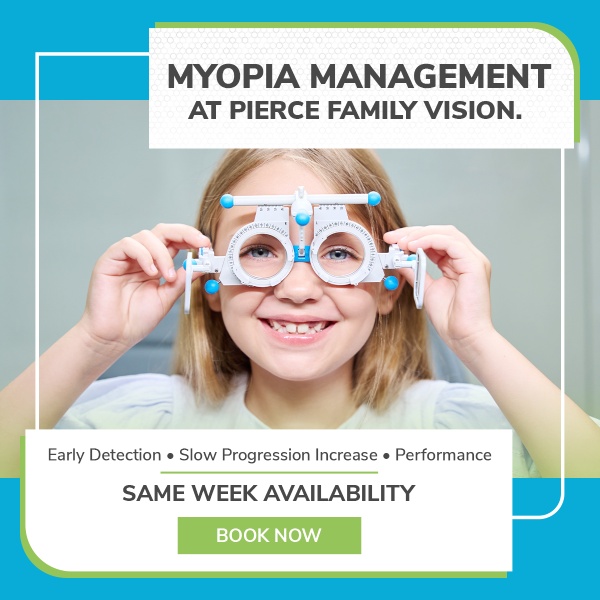A solar eclipse occurs when the moon completely or partially covers the sun, creating darkness during daylight hours. This is a fascinating spectacle, but it is very important to guard your eyes against temporary or permanent damage.
Viewing the solar eclipse is a rare and exciting event. You can safely view a solar eclipse by protecting your eyes with a proper solar eclipse viewer, making a pinhole projector, or watching an online livestream.
In the event that you view the solar eclipse without protection and cause damage to your eyes, it is important that you visit your optometrist as soon as possible to have your eyes assessed.
Where to View the October & April Solar Eclipses
Two remarkable solar eclipses are set to occur in Canada over the next 6 months. On October 14, 2023, most of Southern Canada will witness a partial solar eclipse, followed by a total eclipse on April 8, 2024, spanning from Southern Ontario to Newfoundland and Labrador (with the closest totality point to Waterloo being Burlington or Brantford). In April, the rest of Canada will experience a partial eclipse.
While these events are awe-inspiring, they also pose potential risks to eyesight if proper precautions are not taken.
Solar Eclipse Eye Protection
Using Solar Eclipse Viewers
Ensure your eyes are protected at all times by using approved solar eclipse viewers that meet international standard ISO 12312-2 for safe viewing. Make sure that the glasses are not damaged or scratched before use. Sunglasses, even those with a very dark tint are not sufficient protection.
Using a Pinhole Projector to View the Eclipse
If you can’t find eclipse viewers, make a pinhole projector to watch the eclipse. It’s important to only watch the screen, not the sun. Never look at the sun through the pinhole.
How to Make a Pinhole Projector
Materials:
- 2 pieces of white cardstock
- A small piece of aluminum foil, about 15cm x 15cm
- Tape
- A paper clip to make the pinhole
- Scissors for cutting your foil and paper
Steps:
- Cut a small rectangular hole in the middle of 1 piece of cardstock
- Tape your precut aluminum foil over the hole
- Poke a hole through the aluminum foil in the middle (not where it overlaps with the cardstock)
- Place the other piece of cardstock on the ground
- Hold your pinhole between yourself and the cardstock on the ground, looking down
- Align your pinhole with the sun and look at the cardstock on the ground, where you can watch the moon pass by the sun.
- DO NOT look at the sun directly.
Watch the Eclipse on a Live Stream
Watch an online live stream of the event from a verified source. Alternatively, you can check out a recording of the eclipse after it has happened.
What Does Sun Do to Eyes?
Staring at the sun without protection may cause damage to your retina (the back of your eye which is where the image is formed) called “solar retinopathy.” This damage can occur without any sensation of pain. The injury can be temporary or permanent.
If you experience any of these symptoms after viewing the eclipse, visit your eye doctor right away:
- Pain or discomfort in your eyes
- An inflamed cornea (the front surface of your eye)
- Increased sensitivity to light
Ordinary sunglasses can provide day-to-day protection, but are not meant for staring directly at the sun. It is important to practice enhanced eye safety if you are planning on viewing a solar eclipse.
Visit Your Eye Doctor if You Experience Vision Problems
Hopefully, you will have fun experiencing these wonderful and exciting events safely with friends and family members. If, however, you experience any problems with your eyes or vision after the eclipse, please visit one of our optometrists at Pierce Family Vision promptly.



